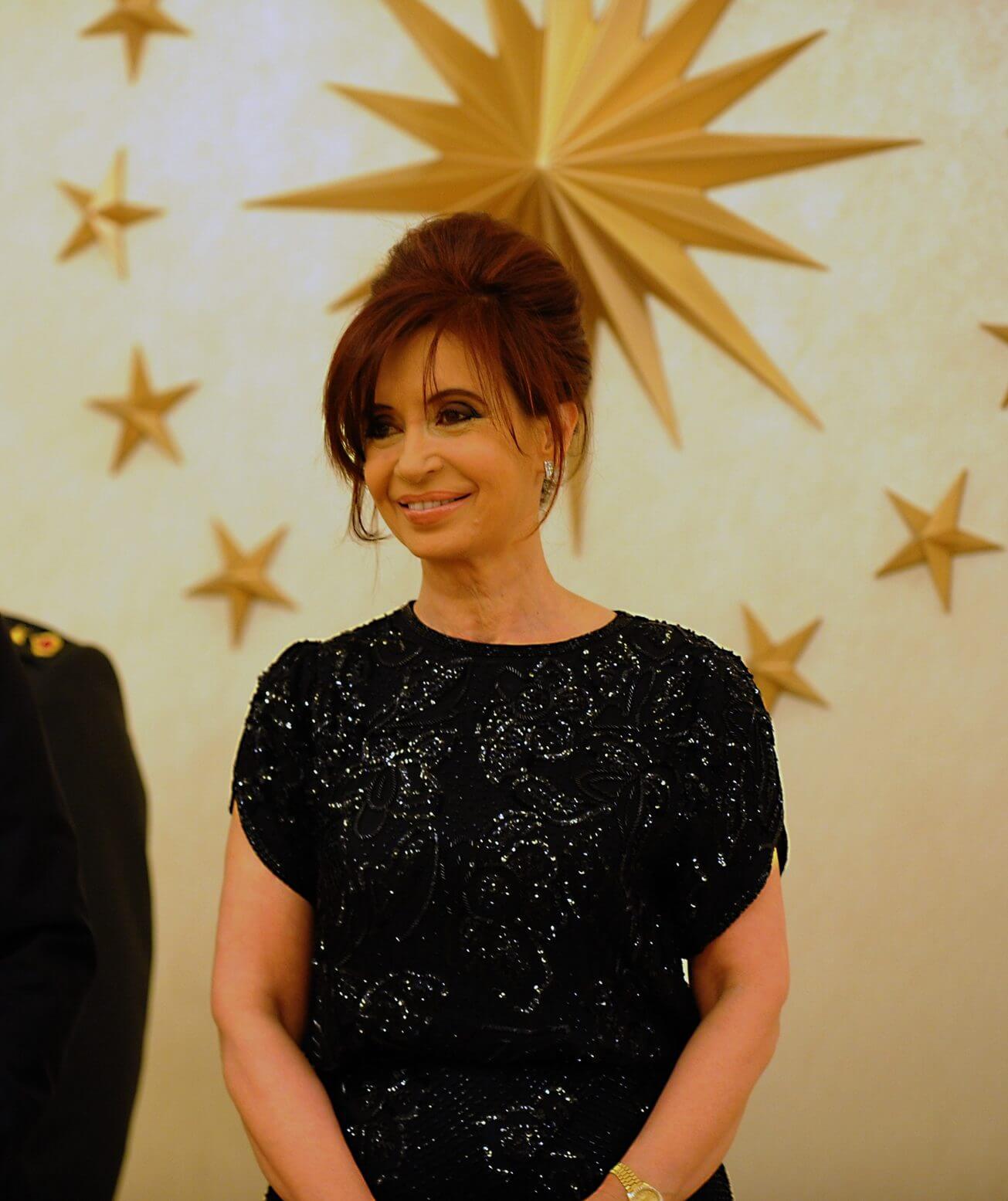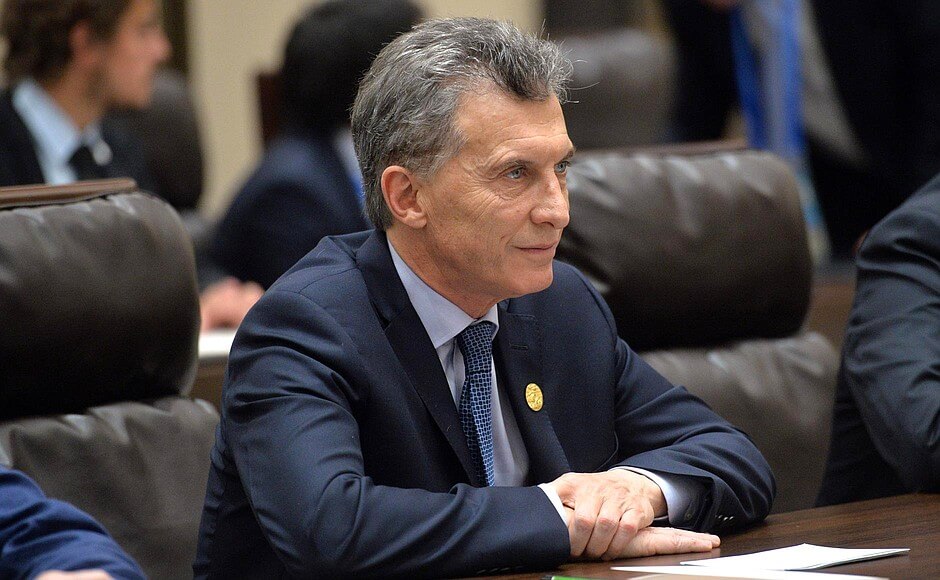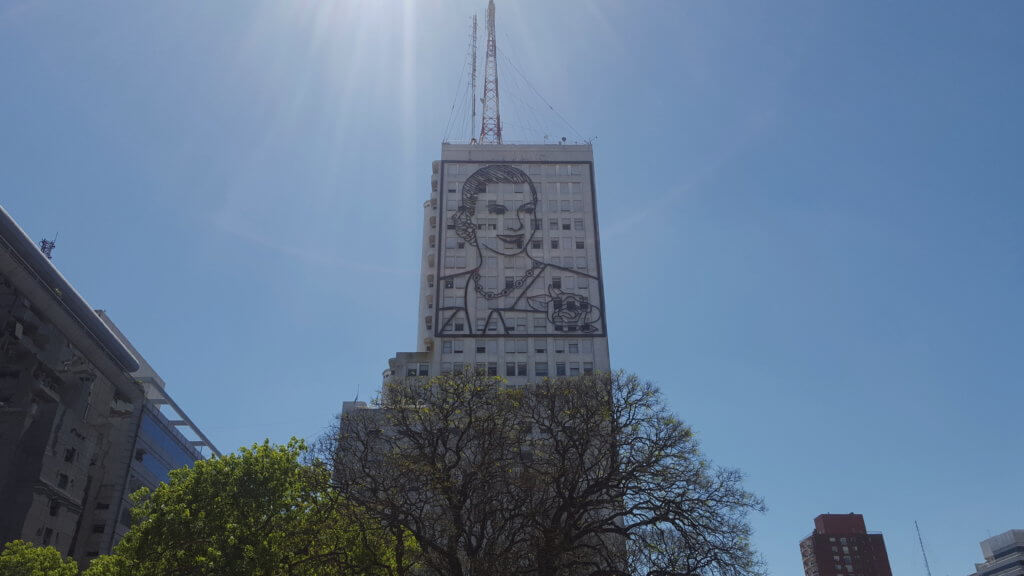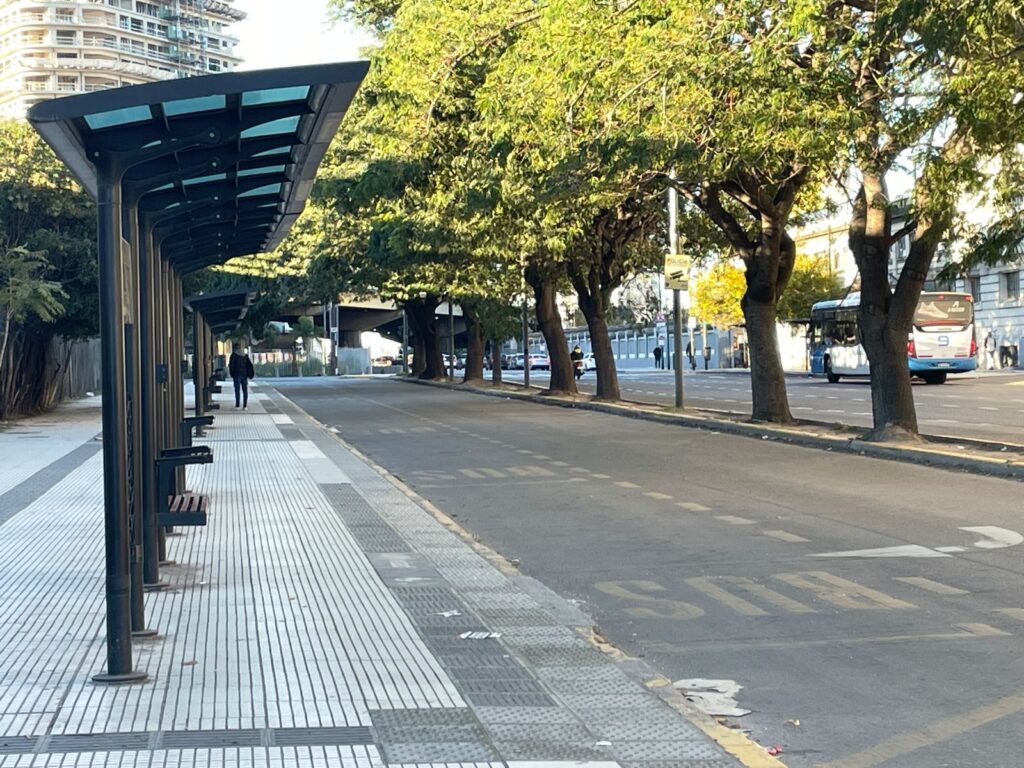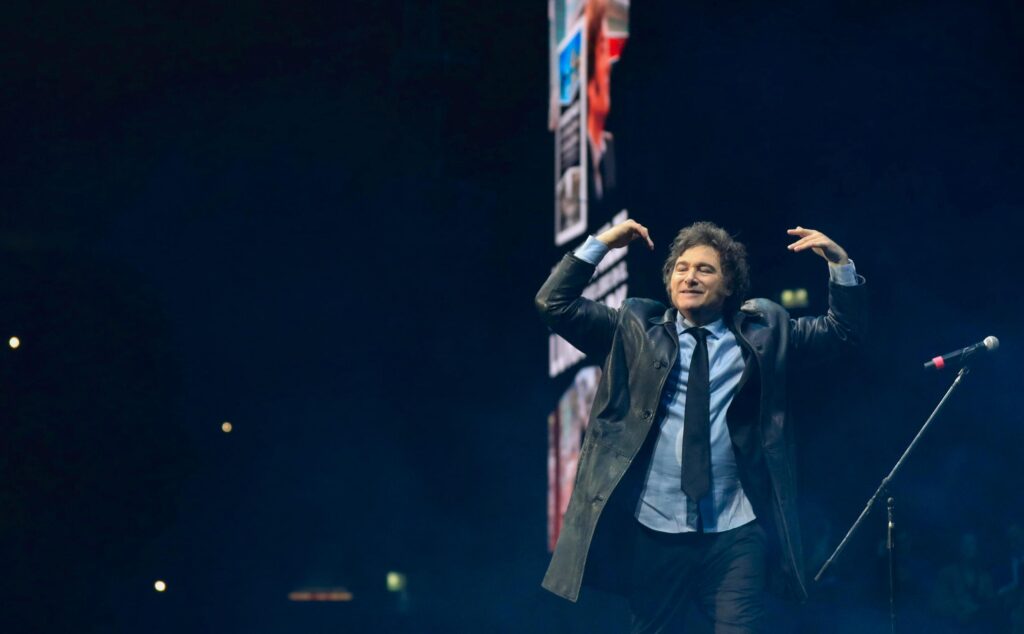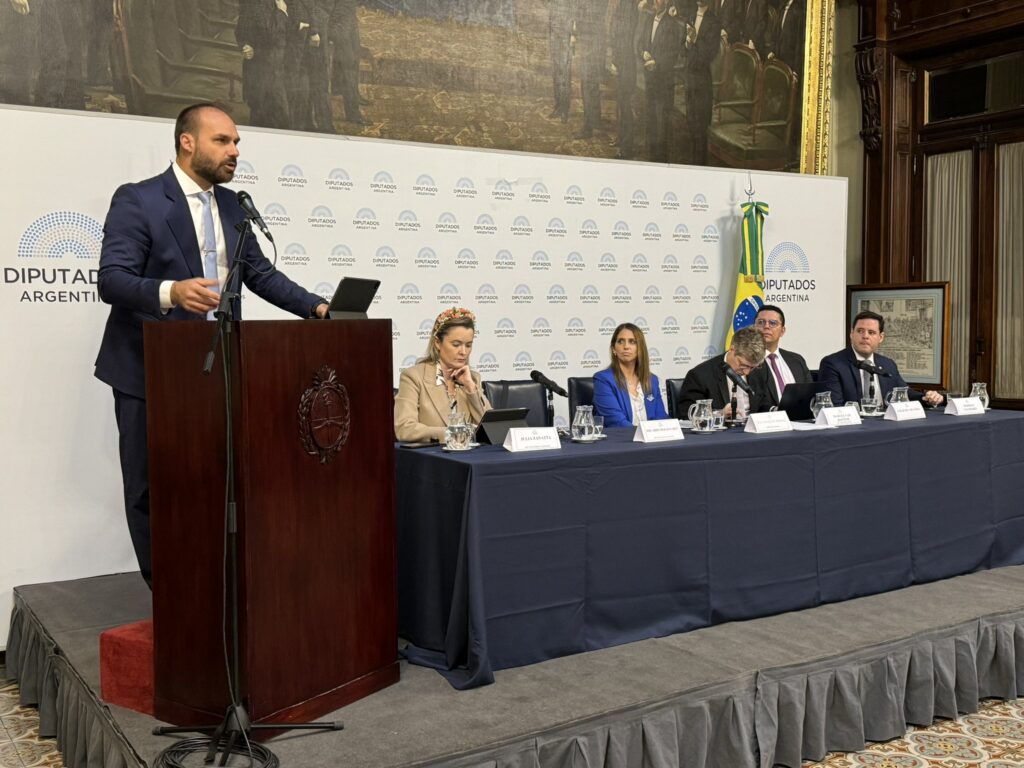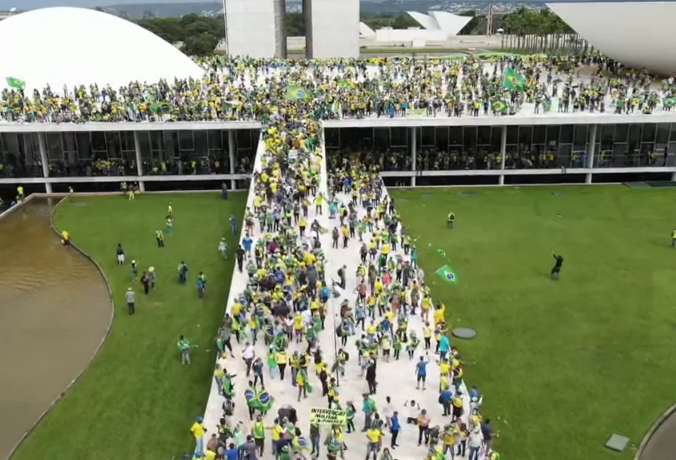Cristina Fernández de Kirchner was born on February 19, 1953 in Tolosa in Buenos Aires Province. She studied law at University of La Plata, where she met her future husband, fellow student Nestor Kirchner in 1973. This was a time of great political upheaval in Argentina. The military dictatorship of the Argentine Revolution had just ended, former President Juan Perón had just returned from exile, Héctor Cámpara was newly elected president, and the Dirty War was just beginning.
In these early years, Nestor Kirchner influenced his then-girlfriend to get heavily involved in political debate, where she was turned onto the ideas of anti-imperialism, left-wing politics, and Peronism. Nestor and Cristina Kirchner married in 1975. The following year, Jorge Rafael Videla took power in a military coup, beginning a reign of terror in Argentina that lasted for nearly a decade.
Throughout the ’70s and ’80s, it is estimated that around 30,000 left-wing dissenters were “disappeared” by the fascist government. After the “Dirty War,” the Kirchner’s, practicing law at the time, defended the former perpetrators of the war in court.
In 1989, she held her first political post, as deputy of the provincial legislator for Santa Cruz Province. She assisted her husband with his campaign to become governor of the province in 1991. She moved up the ranks throughout the 1990s, and became First Lady of Argentina in 2003, when Nestor was elected president.
In 2007, Cristina Kirchner was elected president in a landslide victory, the first time in history that a spouse replaced their partner without their death. Her first hurdle as president occurred when she attempted to impose a new tax on agricultural exports, which prompted mass protests from farmers throughout the fertile country. The protests divided the country, and she decided to submit the measure to Congress, which voted against passing the tax. In the 2009 legislative elections, Kirchner’s ruling coalition lost hold of its congressional power.
The following year, the Kirchner government regained popularity due to celebrated social programs and a strong economy. Argentina voted to allow same-sex marriage in 2010, as well as on a debt-restructuring agreement which relieved some of the pressure from the 2001 default. Nestor, her husband, died the same year, and Cristina received widespread support and sympathy. She was reelected in 2011.
Her second term was marked by a worsening economy and personal scandal. Argentina again went into technical default in 2014, but this became of secondary concern to Kirchner as she found herself embroiled in scandal. In 2015, the special prosecutor investigating the 1994 bombing of a Jewish community center in which 85 people were killed was found dead of a gunshot wound the day before he was supposed to testify. He had previously accused Kirchner of covering up Iran’s involvement in the bombings in exchange for a trade deal with the country.
Kirchner claimed that Argentina’s intelligence agency had him killed, and had led his investigation astray in an attempt to ruin her reputation. She moved on from this scandal and left office as per constitutional term limits. Her successor lost to the conservative opponent, Mauricio Macri. Shortly after leaving office, she was once again accused of a number of scandals involving corruption and fraud, including embezzlement of public works funds. Cristina Kirchner was, until recently, still widely supported by the lower classes for her popular social projects.
In December of 2017, however, Macri reopened the investigation into the murder of Alberto Nisman, the special prosecutor who was investigating the Iranian bombing at the time of his death. The presiding judge found Kirchner guilty of a coverup and charged her with “treason against the state,” a crime that carries up to 25 years in prison.


